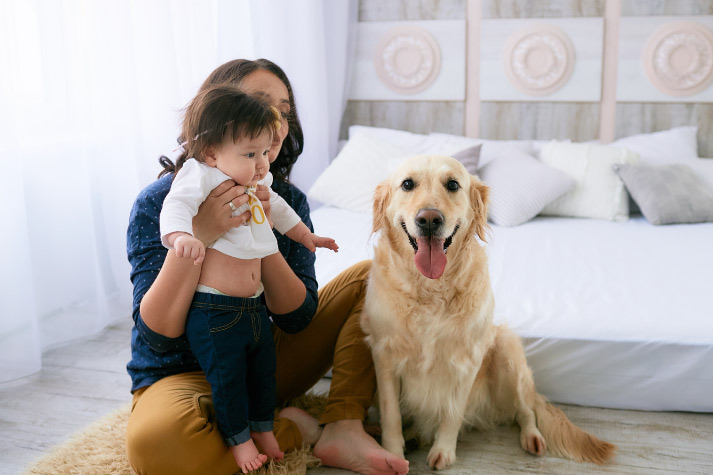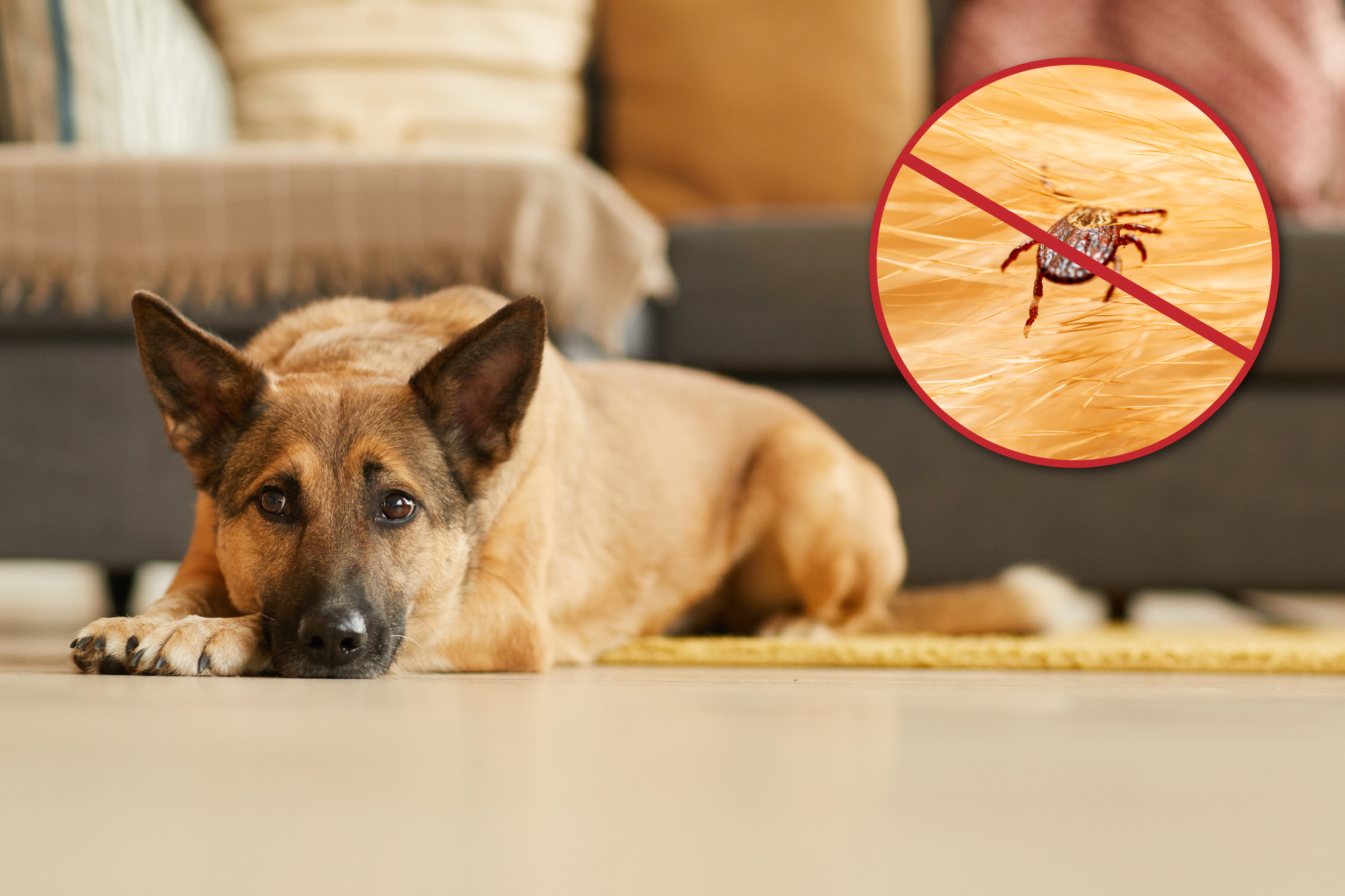
19 Jul
All You Need to Know as a First Time Pet Parent
The first time you have a new experience in life is always memorable. Be it the first success in school, the first job you ever had, or the first time you bought a car, any experience you’ve had for the very first time is always memorable and extra special to us. Out of the many firsts you can have, bringing your first pet home is a core experience, one that every pet parent will cite as a special one.
However, before you have this core experience for yourself, you'll need to consider a few things. Pets bring immense joy, yes, but they also bring responsibility with them. As their owner, you will be responsible for their wants, needs, care, and happiness. This may feel daunting at first, but provided you pay attention to a few prerequisites of pet ownership, you should be inseparable in a short period.
Here Is Everything You Need to Know as A First-Time Pet Parent
Tips for First-Time Pet Parents
- Research everything that you need to know about your potential pet in terms of their dietary requirements, grooming, training, behaviour, exercise requirements, special requirements, time, and attention they need.
- Understand the basic needs of your pet’s breed for a healthy and happy co-existence.
- Create an annual budget and monthly expense sheet for what to buy for your pet.
- Pet-proof your home by fencing the open spaces and removing items or fixtures that are toxic, sharp, or harmful.
- Look for a good veterinary clinic/professional before you get the pet home.
- Choose the right kind of pet food.
- Invest in cleaning supplies for the house and accessories to protect your furniture.
- Get your pet trained in potty training, using the litter box, cage training, noise training, obedience, and socialising with other humans and pets in the neighbourhood.
- Look out for any indoor accidents, mishaps, or any unpleasant situations that might hurt your pet, and get pet insurance for their safety and health concerns.
- Give your pet a lot of time, attention, love, and care. It is recommended to not adopt a pet unless you are sure of providing emotional care to them.
Preparing for Your New Pet’s Arrival
- Understand the basic needs of your pet: Be sure to do your research about the particular breed, their needs, requirements, and habits. Discuss your potential pet with your friends and family. Visit the animal shelter or the pet shop to make that first interaction with your potential pet before bringing them home. Speaking to the experts and concerned professionals can help you greatly in finding a suitable pet for your home and lifestyle.
- Understand that a pet is a commitment: Generally, the first-year expenses surrounding a pet can be higher compared to the later years. The initial costs involve a few monthly and some annual expenditures like a pet crate, food supplies, grooming products, training sessions, vaccinations, and pet accessories. Household items are also a must after your pet’s arrival, as you’ll need supplies like a vacuum cleaner, waste bags, and odour eliminators.
- Remember that Pets are like Babies: Their dependency on others and inability to verbalize how they’re feeling means a pet is a lot like a baby and requires constant attention, especially when it is younger. You’ll need to spend a few sleepless nights and days tending to your new pet, so be ready to bear the responsibility.
- Look for a Quality Veterinarian Before Bringing a pet home: Discuss the pet with your vet and plan accordingly. Whether it is pet food, exercise, or vaccines, your vet is the best person to consult. You should also consider factors like checkup costs, location, working hours, and method of treatment while choosing a vet. Also, ensure you have the details of the nearest vet clinic handy, maybe write it down on a note and stick it to the fridge or any place where it is easily visible in case of a pet emergency.
- Prepare your home before the arrival of your pet – Start by setting up the food and water bowls, comfortable bed space for your pet to sleep, and their play area. In case you are adopting a pup or a cat/kitten, place the crate or the litter box respectively at the designated spot for potty training and litter box training. Make sure that you place them away from their bedding and food/water bowls.
Tips for New Pet Parents Once Your Pet is Home
- Be patient and caring towards your pet: Be patient with your pet; they may be scared or overwhelmed when they first go to their new home. The initial adjustment duration might vary depending on the type of pet and its breed. While younger pets might require more time for training, older one generally requires more time to adjust to their new space, especially if they have already stayed somewhere else before. Stay calm while bonding with your pet and give them time to settle in and become comfortable.
- Set up continuous training sessions: Some of the more important training for your pet will be cage training, house training, obedience, behaviour modification, positive reinforcement against excessive noise, potty training for a pup, and training to use a litter tray for a cat/kitten. Pet parents should take training tips and cues from trainers, as consistency is the key to successful training. Consult your vet if you see abnormal behaviour.
- Limit their initial access at home: When a pet is new to the surroundings, they can accidentally chew up or tear things lying around. Hence, it is always better to limit their access to the crates or confined spaces in the house like their own room, until they are housetrained and comfortable enough roaming the house on their own. The confinement area can also be used for relaxation and unwinding and to reduce their anxiety in a new place.
- Prepare for health issues and behavioural problems: Everyone hopes for a healthy life without any serious health concerns and the same stands true for your pet as well. Make sure to take all necessary steps in terms of exercise and diet to prevent your pet from getting sick in the first place. Do not ignore any unusual symptoms that the pet might show and visit the vet immediately for a quick recovery.
To conclude, bringing a pet home is one of the most wonderful feelings a pet parent can have. Provided you’re aware of the responsibility, make sure to choose an appropriate pet, and prepare yourself and your surroundings accordingly, you should have no trouble getting it to settle in and begin enjoying your time with each other.






AUTHOR’S BIO
Carry My Pet
Passionate pet enthusiasts and globetrotters, dedicated to easing furry friends' journeys worldwide. Penning tales of compassion at CarryMyPet, where every relocation is a tail-wagging adventure.